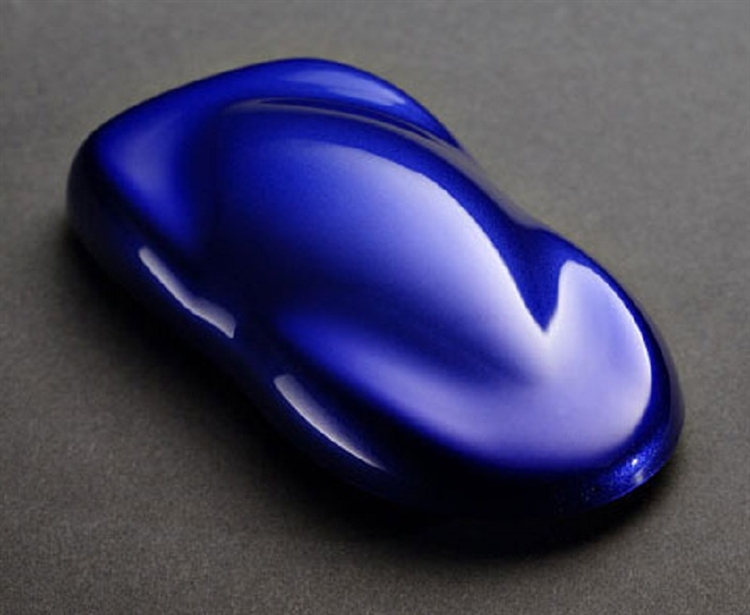After hitting recent highs of over $40/lb. in April 2018, the price of cobalt – a critical but expensive component of Lithium-ion batteries used in electric vehicles – has dropped down to around $29/lb. thanks to new supply from the world’s largest cobalt source, the Democratic Republic of Congo (formerly the Republic of Zaire.)
How Does the Cobalt Price Drop Impact the EV Battery Industry?
The current battery chemistry being used by the Panasonic-Tesla partnership is said to contain less than 10% cobalt, which is lower than the amount required for the NCM 811 chemistry being promoted by LG Chem and SK Innovation. Musk said earlier this year that the cobalt content of their NCA cathode chemistry “is already lower than next-generation cathodes that will be made by other cell producers with a nickel-manganese-cobalt ratio of 8:1:1″
But Tesla has the advantage for now because NCM 811 production has been delayed at both companies. It was expected during the second half of 2018, but even when these batteries are produced in bulk sometime next year, LG Chem will only use it for e-Buses, while SK Innovation is planning to keep it exclusive to energy storage products.
Tesla and Panasonic made early moves in reducing cobalt, which is why they have the advantage now. Lower cobalt prices might have given other battery makers an edge, but that edge won’t come until 811 batteries are in full production for EVs, which looks like it may not happen any time soon. Besides, it’s impossible to say what the price of cobalt will be then.
Cobalt makes up around 20% of cells using the current 622 battery chemistry, which means lower cobalt prices could help bolster demand from companies like SK Innovation that are already using 622-based batteries in cars like the Kia Niro. But as demand goes up, prices will inevitably rise again in a never-ending cycle.
Although it will give these manufacturers some leeway on pricing their batteries when the price of cobalt is down, this is a volatile commodity at best. Over the past decade or more the price of cobalt has swung from lows of near $10/lb. to highs well over $50/lb. As supply volume steadies out and demand keeps rising, we may see a little less volatility, but it’s not likely to ever trade in a narrow range as long as the Congo remains the number one source.
Meanwhile, front-runners in the battery manufacturing segment, like Panasonic, are already exploring ways to remove cobalt from the battery equation altogether. Earlier this year, Panasonic’s head of automotive batteries Kenji Tamura said:
“We have already cut down cobalt usage substantially.
“We are aiming to achieve zero usage in the near future, and development is underway.”



